Smile With
Confidence
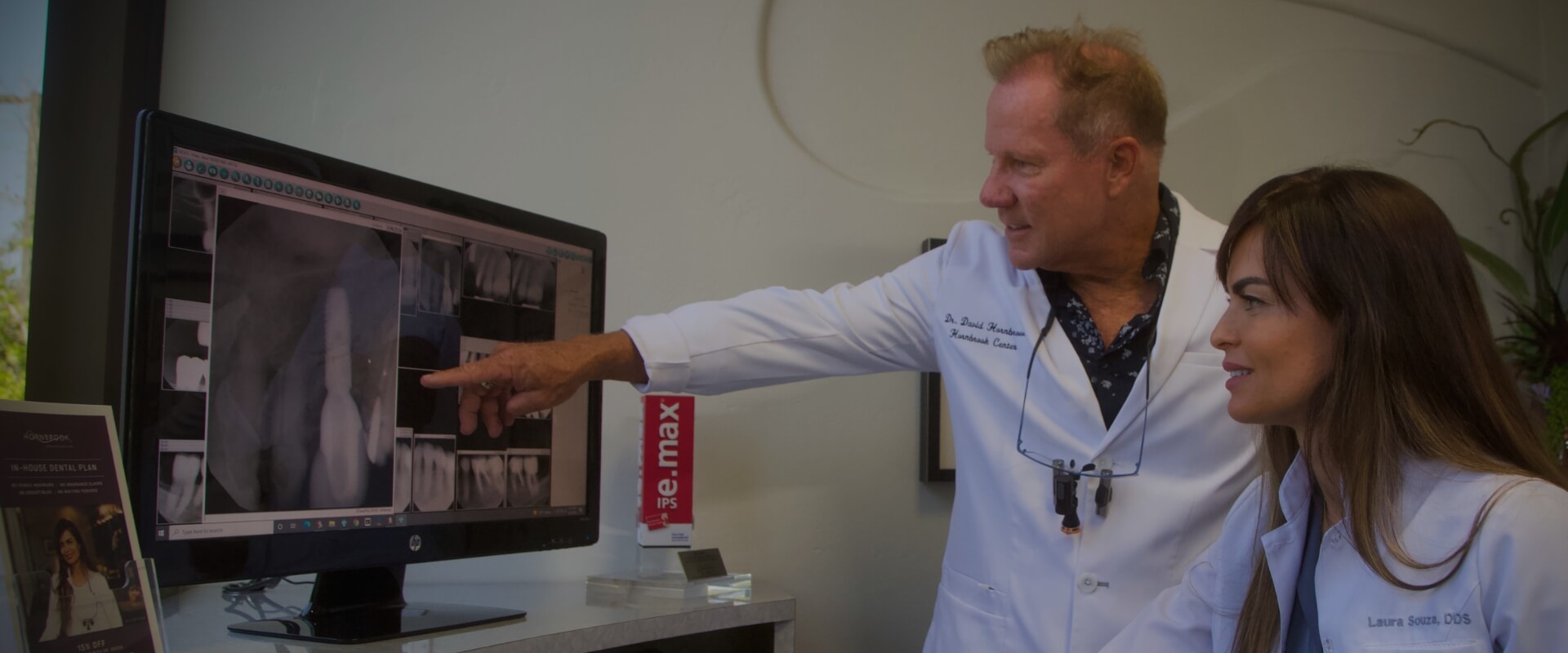
"As a smile designer, I help people improve their self-image. Now that I have entered my 30th year of practice, I could never have imagined how rewarding this profession would be for me."
David S. Hornbrook
Our Reviews
"Fabulous experience - lobby, staff and of course Krishna. There is no better dental office in all of San Diego county and Krishna is the very best. I highly recommend the Hornbrook Center for Dentistry. If 5 stars is the best, then FIVE STARS for them."
"I adore everyone at Dr Hornbrook & Dr Souza’s office. They are kind, caring, respectful, and support customized needs every step of the dental process. There’s not another dental office that I could recommend higher with a personal conviction that you will be so very happy if you choose this top-notch team of dental professionals."
"Loved the new dental hygienist and was really thankful when I was 20 minutes late today and Andrea said to come on in anyway. I received good service with a new hygienist and she was very gentle and understanding. Quiet yet efficient and calm."
-
Limited Time Special Offers
At Hornbrook Center for Dentistry, we are committed to helping each patient receive the treatment they deserve.
Offers Expire: May 31st, 2024 See More Offers
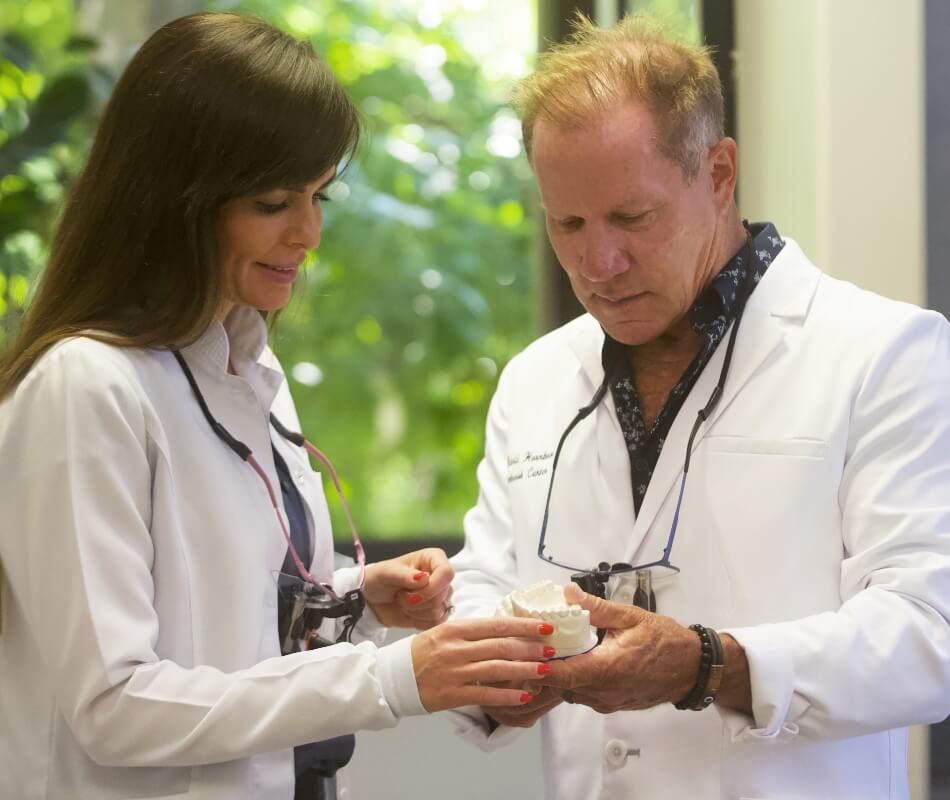
Why Hornbrook?
Your Reputable San Diego Dentists
Dr. David Hornbrook is a world-renowned lecturer and educator in the field of cosmetic dentistry. In 2020, He invited talented dentist, Dr. Laura Souza to join his team. Together, they share a goal of creating and maintaining healthy, beautiful smiles.

Reclaim Your Smile With Cosmetic Dentistry
When you change your smile, you change your entire image, and the way others perceive you. With cosmetic dentistry services at our cosmetic dentist office in San Diego, a bright, beautiful smile is more accessible than ever before.

Expert Care
Your Smile Is Our #1 Priority
At Hornbrook Center for Dentistry, we provide you with the information you need to make the best dental choices about your oral health. You can read real patient reviews, see before and after photos, meet our dental team, and get all the information you need about our dental office in San Diego.
Smile Makeovers
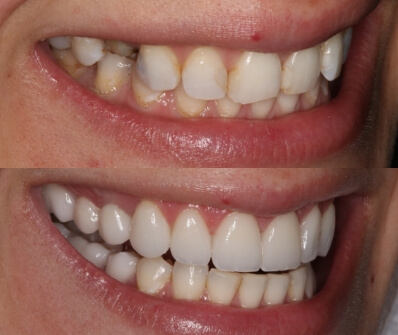
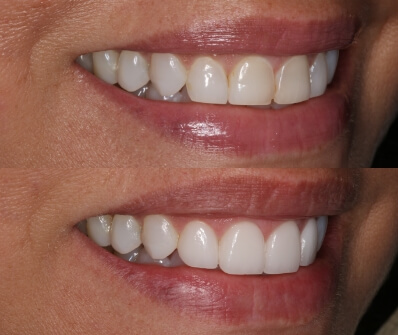
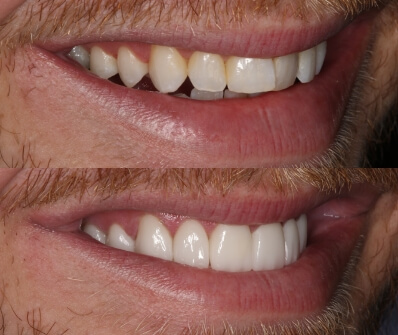
Receive a Free Virtual Cosmetic Smile Assessment in San Diego, CA
Get the answers you need from the comfort of your own home! Hornbrook Center for Dentistry offers FREE virtual dentist consultations. Simply follow the instructions below to schedule a convenient time to speak with our dentists.
-
Take a photo of your smile or an area of concern.
-
Fill out the form and upload your photo.
-
We will contact you with feedback and to schedule your consult.
Visit Us Today
7777 Alvarado Rd., Ste 210, La Mesa, CA 91942 (619) 463-7797- Monday:
- 9:00AM - 5:00PM
- Tuesday:
- 7:00AM - 3:00PM
- Wednesday:
- 7:00AM - 3:00PM
- Thursday:
- 7:00AM - 3:00PM
